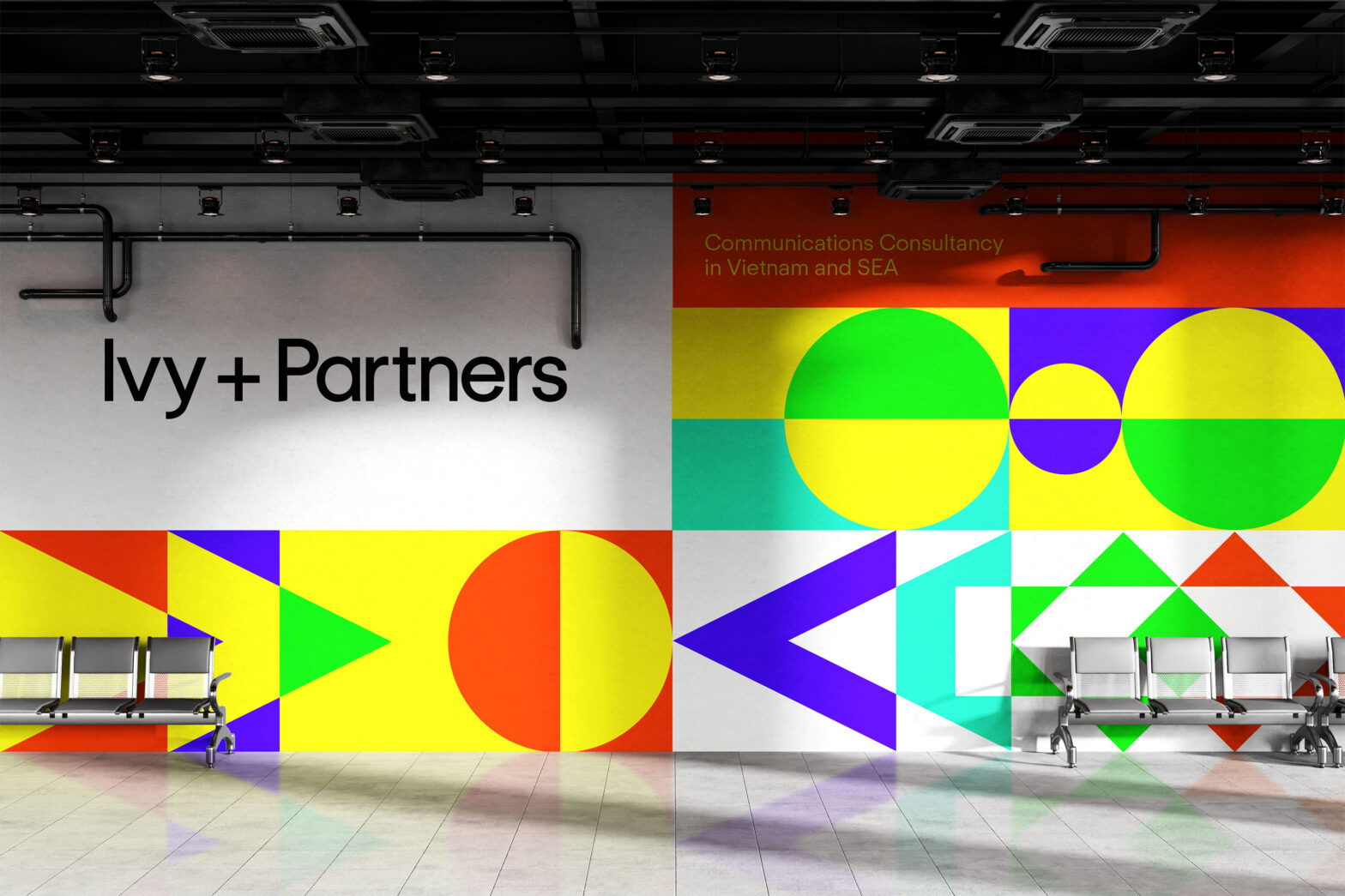As digital ecosystems erase traditional boundaries, expanding into international markets has shifted from a growth opportunity to a business imperative. But crossing borders isn’t merely about translation, it demands cultural fluency, strategic empathy, and the ability to adapt your brand for true local resonance.
However, many global campaigns still rely on a one-size-fits-all approach. Though they are creative and polished, they often lack the cultural depth needed to genuinely connect with diverse local audiences. Global consistency matters, but without thoughtful localization, your brand can come across as distant, irrelevant, or even tone-deaf.
In 2025, one question takes center stage: Can your brand feel local without compromising its global identity?
From Global Vision to Local Voice: What Brand Localization Really Means
Brand localization is all about ensuring your brand feels right in every market it touches. It’s the strategic process of reshaping your brand’s voice, messaging, and visual language to reflect the local culture, expectations, and consumer behavior while still staying true to your core identity.
The most effective global brands succeed not by simply being understood, but by being relevant. From the platforms your audience uses, to the tone they respond to, to the imagery that resonates, everything must be reinterpreted through a local lens.
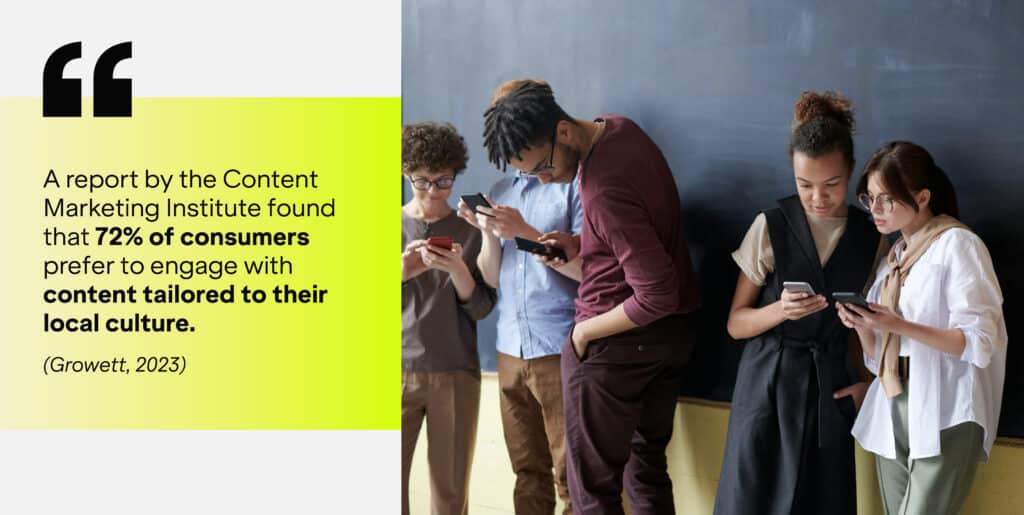
Therefore, in a saturated and competitive market, localization becomes more than a growth lever, but a trust-building mechanism. It shows audiences that you understand their world, speak their language (literally and figuratively), and are committed to meeting them where they are.
Whether you’re communicating with consumers or decision-makers, the message is the same: global impact starts with local relevance.
Communications at the Core: Localization Transforms Messaging from Generic to Memorable
Communications is often the first touchpoint in a brand’s global journey. Effective media relations, strategic public relations are essential for shaping positive perceptions in new markets, alongside impactful social content and established thought leadership.
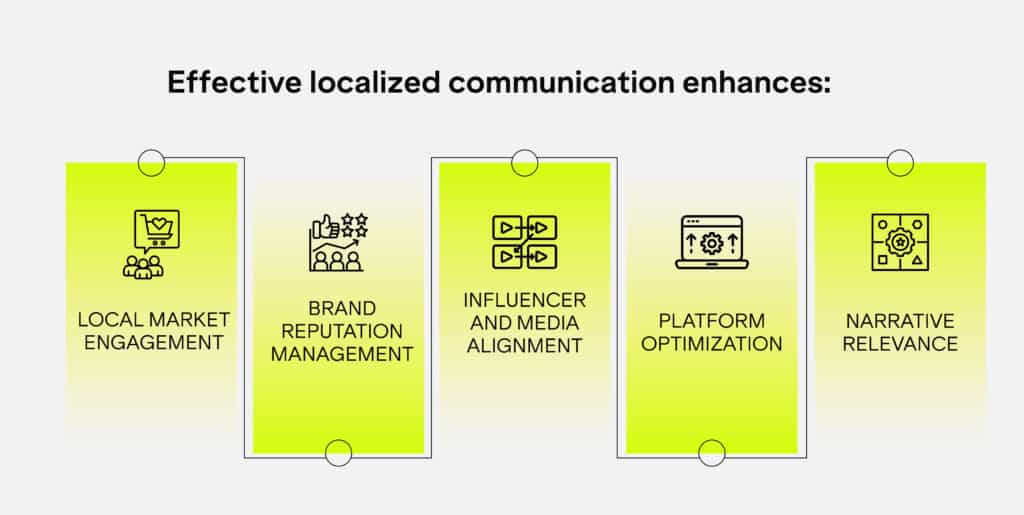
At its core, localization is an act of brand empathy. It is not just about speaking the language, but actually involves understanding the audience, their cultural context, and what truly resonates. Effective localized communication enhances:
- Local Market Engagement: Content that aligns with local interests, values, and conversations builds faster connections and loyalty.
- Brand Reputation Management: Avoid cultural missteps that could damage brand equity.
- Influencer Marketing and Media Alignment: Strategic KOLs engagement and alignment with local media platforms significantly enhance your message’s credibility and relevance within the target market.
- Platform Optimization: Effective digital communication involves platform optimization, ensuring your message resonates on locally preferred digital channels through strategic online campaigns to connect with the target audience.
- Narrative Relevance: Integrating local proof points and leveraging brand storytelling to turns your message from foreign to familiar.
What Makes Localization Work: Core Elements of Brand Communication
At the heart of every successful global campaign is one clear truth: Localization isn’t just about language, it’s about relevance. To connect with audiences across borders, brands must translate meaning, not just words. That takes strategy, empathy, and precision.
During last year’s Tết holiday, the creative industry witnessed several standout projects from global brands that successfully adapted to Vietnamese culture. One notable example is Pepsi’s 2024 Tết Campaign “Mang Tết về nhà” (“Bring Tết Home”). Understanding that Tết is the most meaningful time for Vietnamese families, Pepsi moved beyond surface-level festive imagery to tap into the deeper emotional value of family reunions.
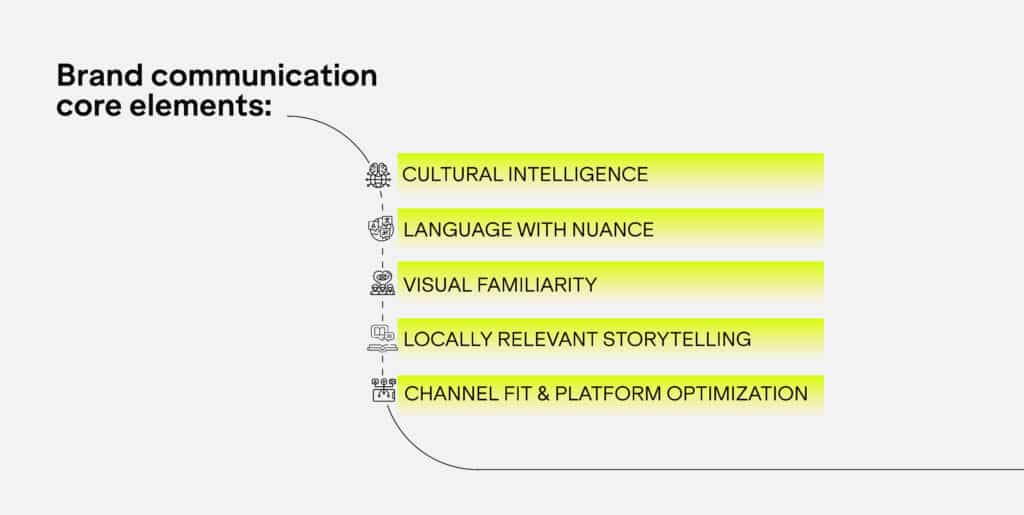
Drawing from the success of this campaign, here are the essential components that make localized communication truly resonate:
1. Cultural Intelligence
Pepsi’s “Mang Tết về nhà” 2024 campaign went deeper than just showcasing festive symbols like apricot blossoms or fireworks. It captured the true emotional essence of Tết for Vietnamese people: the longing for family reunions.
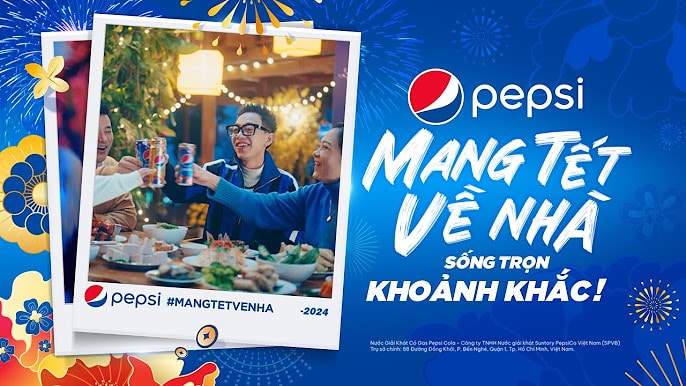
➔ Go beyond surface-level insights. Understanding local customs, social norms, values, taboos, and what emotionally resonates in a specific culture is key.
2. Language with Nuance
By mirroring the way Vietnamese people talk about Tết with loved ones without using stiff or generic slogans, Pepsi’s messaging throughout the campaign was intentionally warm, emotional, and familiar.

➔ Translation isn’t enough. Messaging must reflect local tone, idioms, humor, and intent. This includes how formal or casual you sound and even how emotion is expressed in writing.
3. Visual Familiarity
Instead of using overly polished or globalized visuals, Pepsi showcased authentic Vietnamese moments with bustling bus stations, heartfelt airport reunions, and traditional home preparations scenes that instantly recognizable to the Vietnamese audience.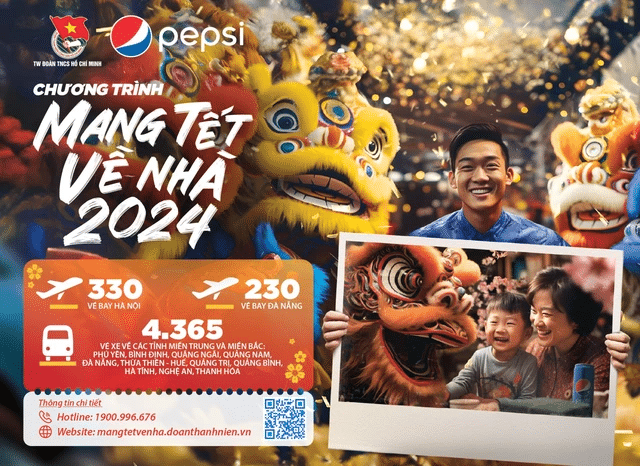
➔ Imagery, colors, fonts, and design choices all carry cultural weight. Great localization ensures your creative feels native without compromising your brand’s visual identity.
4. Locally Relevant Storytelling
The campaign spotlighted real Vietnamese individuals and families making the journey home. There were several videos featuring content creators, but always in ways that emphasized genuine storytelling.
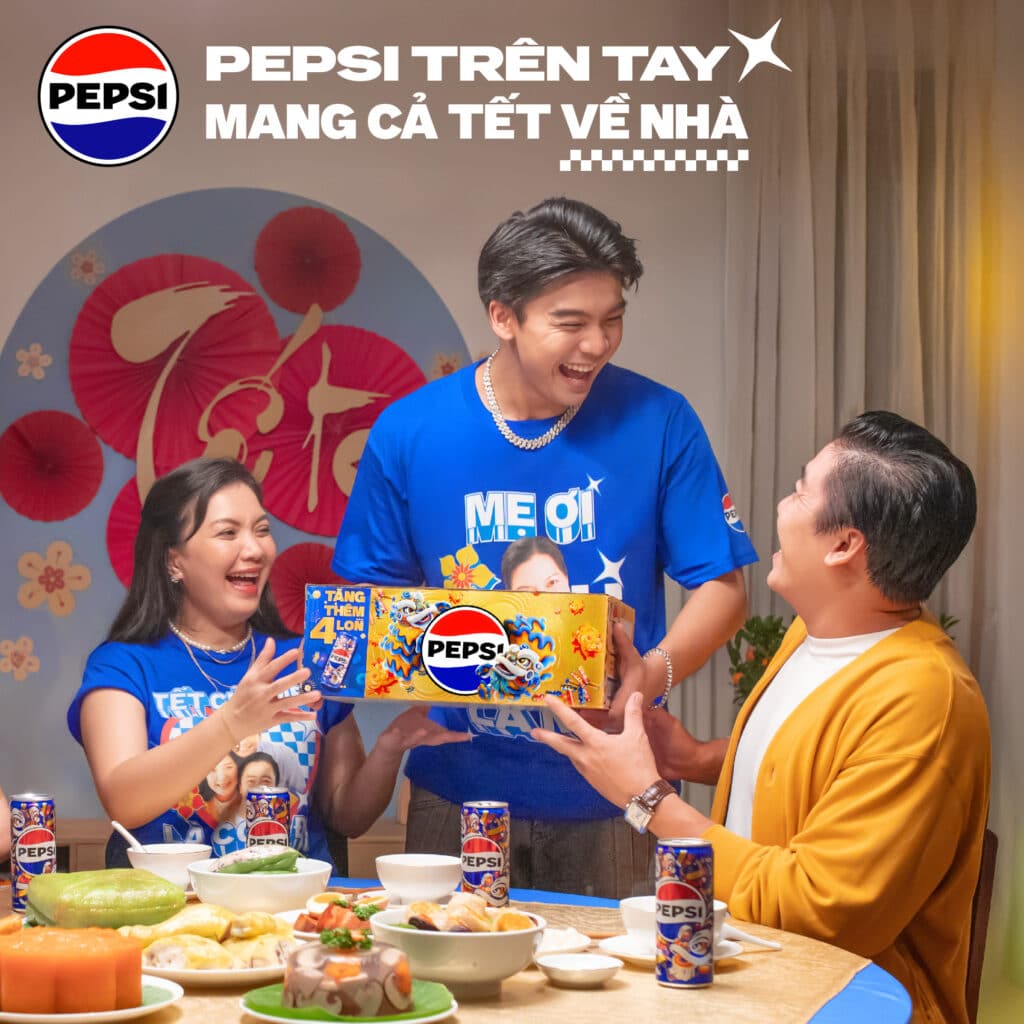
➔ Whether it’s influencer campaigns, or customer success stories, your narratives should include local proof and voices your audience recognizes and trusts.
5. Channel Fit & Platform Optimization
Understanding that Vietnamese users are highly active on Facebook and TikTok, Pepsi localized its content formats accordingly. The brand launched emotional short videos collaborated with local influencers for heartfelt TikTok challenges that encouraged users to share their own “coming home” stories via hashtag #MangTetVeNha
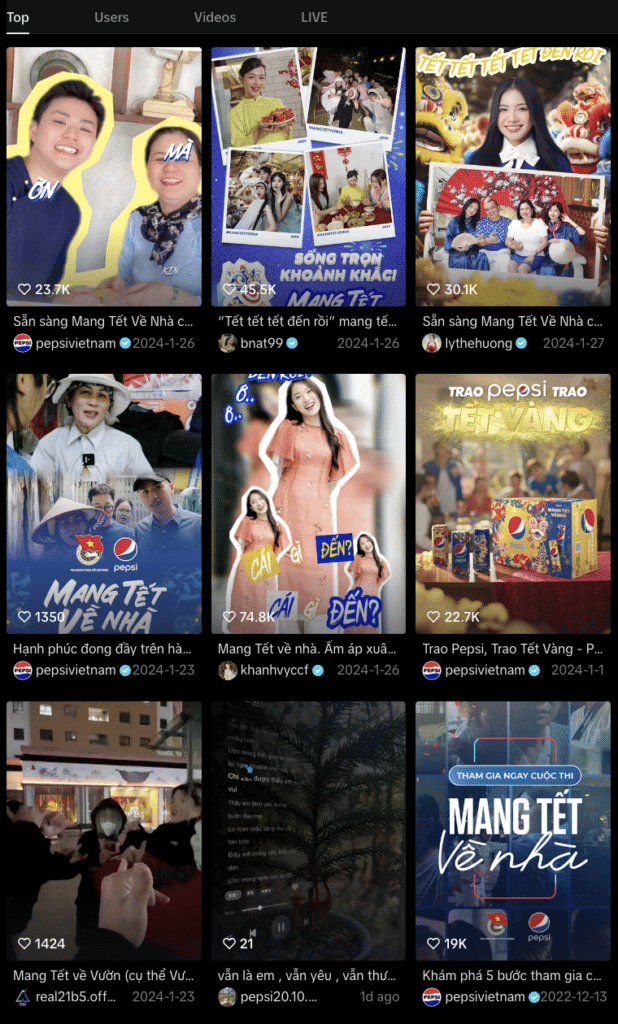
➔ Don’t assume global platforms are dominant in every market. Be where your audience is, all of the contents need to meet them there, in the formats they engage with most.
Pepsi’s 2024 Tết campaign “Mang Tết về nhà” successfully fostered brand loyalty and resonated deeply with Vietnamese audiences.
- Over 3.4 million participants joined the campaign’s activities.
- More than 60 million AI-generated images were created via Zalo AI integration.
- Achieved 170 million total impressions across platforms.
- Generated 34 million complete video views.
- Recorded the highest market share growth in the last 5 years.
Final thought: In 2025, Localization Isn’t a Tactic. It’s a Mindset.
The success of Pepsi’s 2024 Tết campaign “Mang Tết về nhà” highlights the power of strategic localization in building deep emotional connections with consumers. By truly understanding the culture, brands can craft messages that resonate on a more personal level.
In a noisy, global marketplace, this kind of resonance is what earns attention and loyalty.
Consider expanding your brands into Vietnam? We’ll make sure your message lands with meaning.





